Burilpokpo Falls (불일폭포)
Burilpokpo Falls (불일폭포)
– Homepage
www.hadong.go.kr
Situated 720 meters above sea level, Burilpokpo Falls stands as the tallest waterfall on Jirisan Mountain, boasting a x_height of 60 meters and a x_width of 3 meters. It features a distinctive two-tier structure, with the enchanting Yongchumot and Hangmot Ponds nestled below, adding to its profound natural allure. Conveniently located just 3 kilometers from Ssanggyesa Temple, it’s an ideal spot to visit following a trip to the temple.
– Address : 103 Mogap-gil, Hwagae-myeon, Hadong-gun, Gyeongsangnam-do
※ Presentation Information
– Experience Guide
Not available
– Information and Guides
+82-55-880-2375
– Parking
Available
– Day Off
N/A (Open all year round)
– Operating Hours
Open 24 hr
– Activity Fees
Adults 2,500 won / Teenagers 1,000 won / Children 500 won
– Restrooms
Available
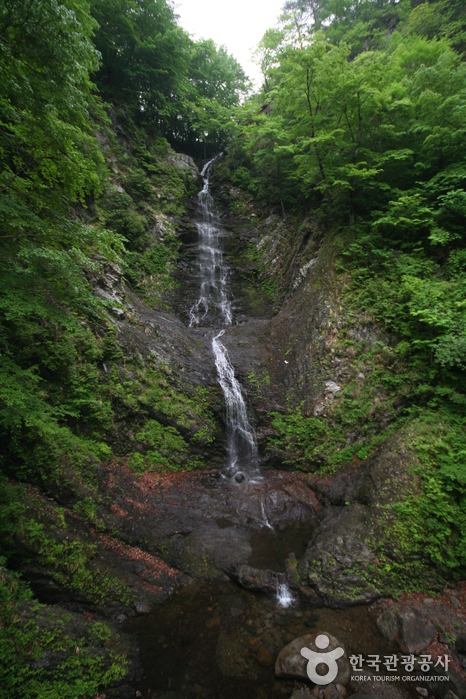

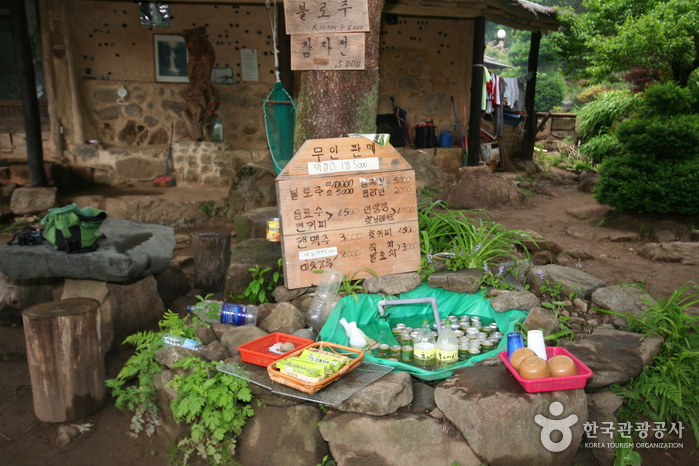
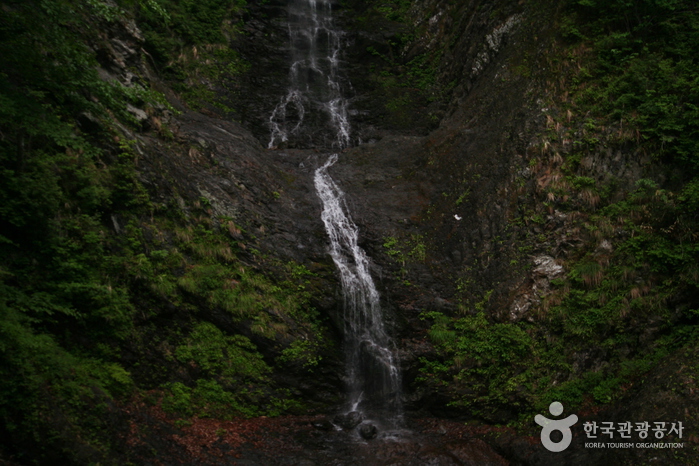
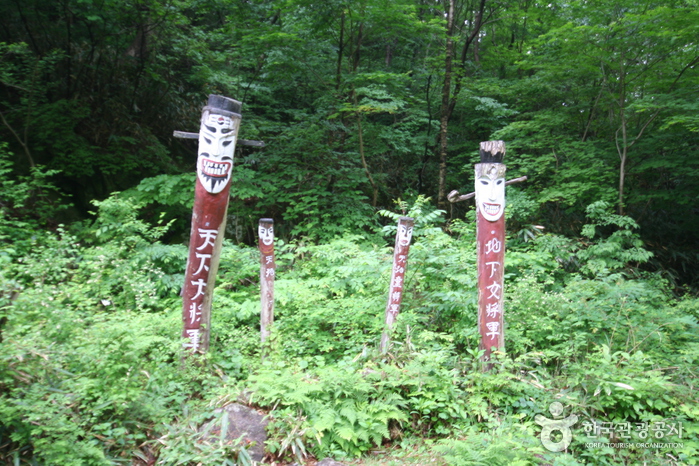
◎ Nearby Tourism Infobox
⊙ Hadong Ssanggyesa Temple (쌍계사(하동))
View detailed guide on Korea Trip Guide →

– Homepage
www.ssanggyesa.net
Ssanggyesa Temple was founded on the southern foothills of Jirisan Mountain in 722 during the reign of Silla King Seongdeok. The temple is famous for the 6-kilometer stretch of cherry blossom trees that bloom each spring. The temple was originally called Okcheonsa Temple, but was changed to the current Ssanggyesa Temple in 887. The current temple buildings were all built in 1632, after having been burned down during the Imjin War (1592-1598). The temple grounds and nearby area feature many historic and beautiful attractions, including Burilpokpo Falls and a large tea plantation.
⊙ Hadong Tea Cultural Center (하동야생차문화센터)
View detailed guide on Korea Trip Guide →
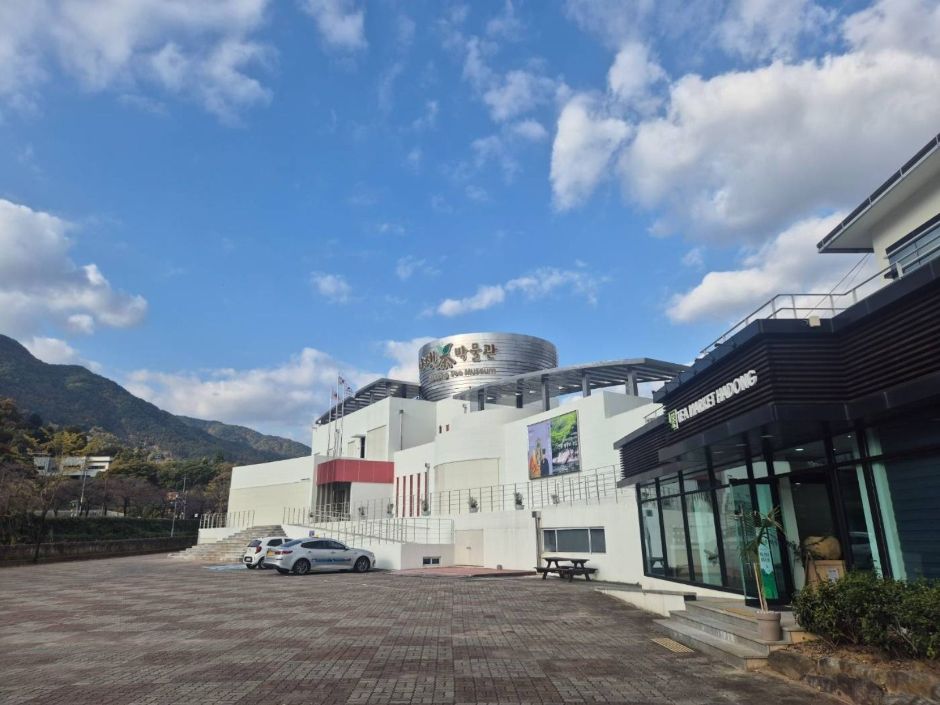
– Homepage
http://www.hadongteamuseum.org/main.php
The Experience Hall of the Hadong Tea Museum is located in Unsu-ri, Hwagae-myeon, Hadong-gun, Gyeongsangnam-do. This annex of the museum is dedicated to hands-on programs. Main programs include a tea ceremony, a tea snack session (three-colored, sesame, and bean varieties), green tea seed accessory making, tea-leaf dyeing, make-your-own matcha class, tea-leaf picking, tea roasting, and a Doncha (compressed tea) experience.
⊙ Hadong Tea Museum (하동야생차박물관)
– Homepage
www.hadongteamuseum.org
– Tel
+82-55-880-2956
The Hadong Tea Museum is located at the foot of Jirisan Mountain in Hadong, Gyeongsangnam-do. It aims to promote the tea culture of the area, the first tea producer in the nation, while advertising the quality and superiority of Hadong green tea. The center is located adjacent to the tea farming area and Ssanggyesa Temple, one of the most famous tourist attractions in Korea.
The museum features an exhibition hall explaining the history and culture associated with Korean tea, and an experience hall where visitors can enjoy hands-on programs like making tea and learning traditional tea etiquette, as well as a shop selling high-quality tea produced in the region. Every year, the museum also hosts the Hadong Wild Tea & Culture Festival every year.
⊙ Hadong Wild Tea Cultural Festival (하동 야생차문화축제)

– Tel
+82-55-880-6583
The Hadong Wild Tea Cultural Festival is a fragrant celebration in Hadong, a region renowned for its green tea, historically known as the “king’s tea” due to its royal offerings. The Hadong 1000-Year Dahyang Trail is perfect for leisurely walks, connecting hills and tea fields with decked paths and narrow village roads. Following the successful “World Tea Expo 2023 Hadong, Korea,” the festival solidified Hadong’s reputation as a “tea-refreshing cultural city.” The diverse program includes tea cup busking, moving art galleries, music and art spaces, tea classes, book discussions, meditation and refreshing programs, and trekking on the 1000-Year Dahyang Trail, providing ample opportunity to fully experience Hadong and its tea culture.
◎ 1000-Year Dahyang Trail
Hadong’s proximity to the Seomjingang River results in frequent fog and high humidity, coupled with significant temperature variations, creating an ideal environment for tea cultivation. Historical records indicate that tea has been grown here for a thousand years, marking Hadong as the birthplace of Korean tea cultivation.
![Moda Outlet – Jinju Branch (No. 2) [Tax Refund Shop] (모다아울렛 진주2점)](https://ktrip.blogsailing.com/wp-content/uploads/2025/11/2886316_image2_1-768x576.jpg)


![New Balance – Lotte Gimhae Branch [Tax Refund Shop] (뉴발란스 롯데김해)](https://ktrip.blogsailing.com/wp-content/uploads/2025/11/2885984_image2_1-768x576.jpg)
![BCBG – Lotte Gimhae Branch [Tax Refund Shop] (BCBG 롯데김해)](https://ktrip.blogsailing.com/wp-content/uploads/2025/11/2886064_image2_1-768x576.jpg)